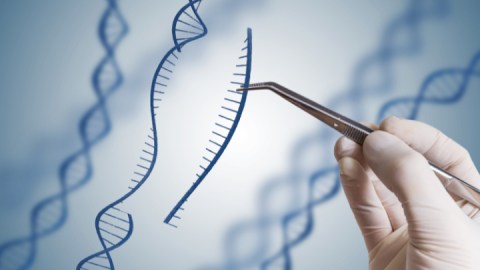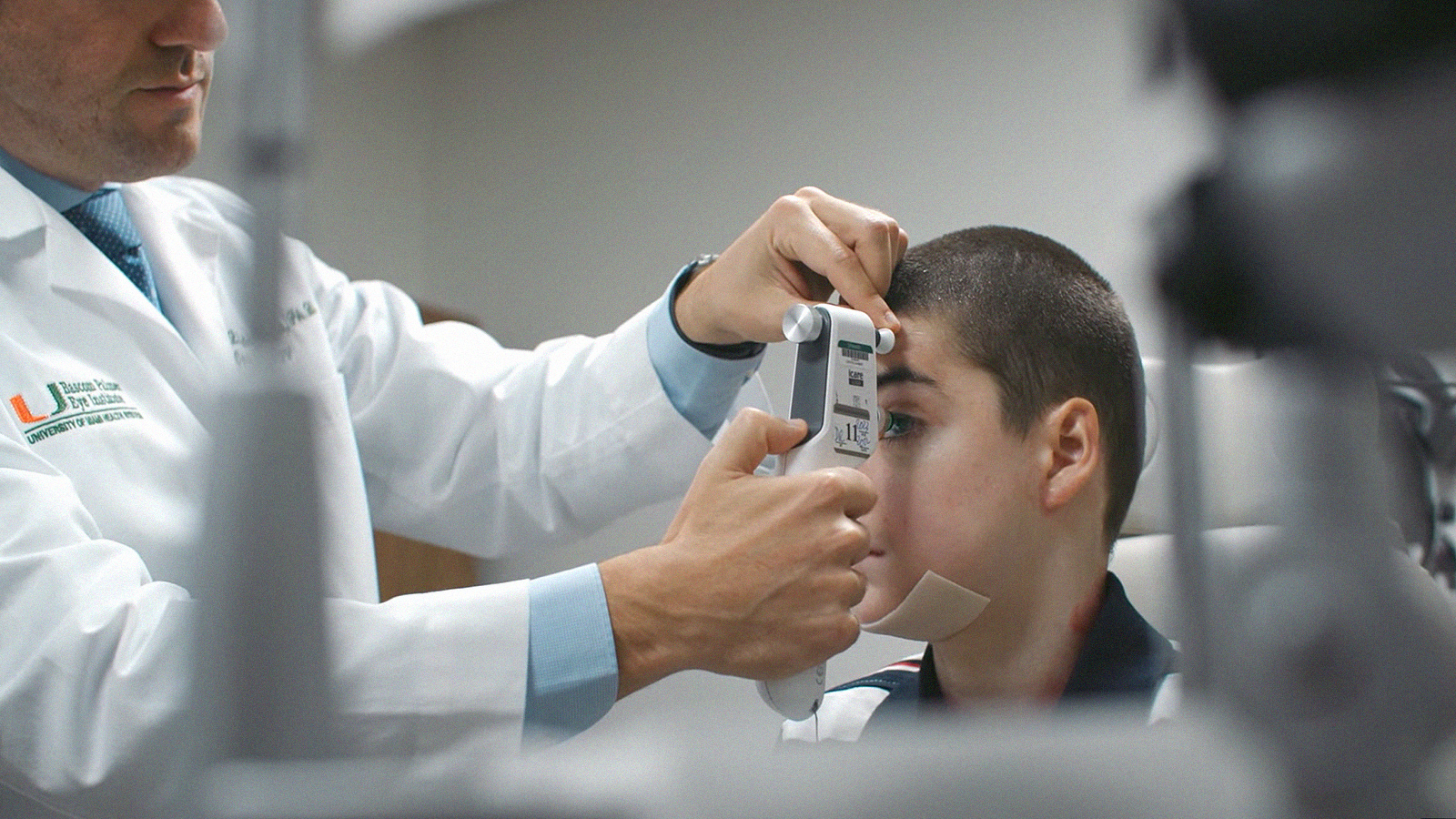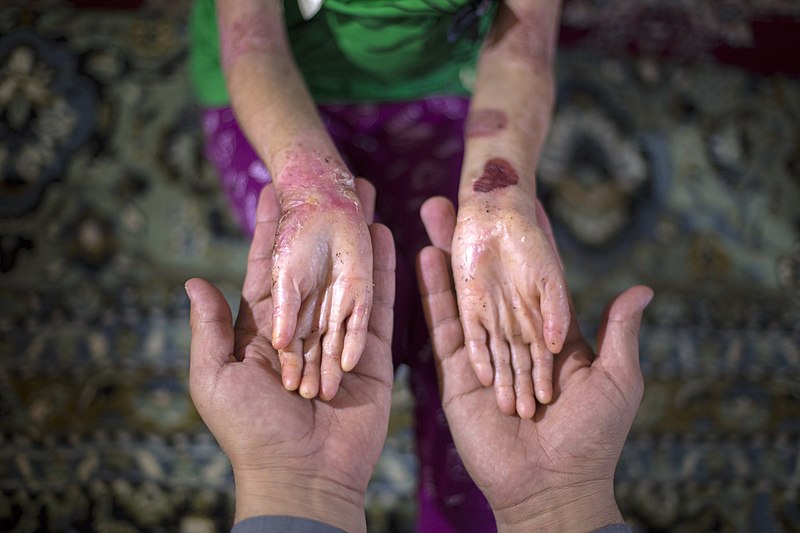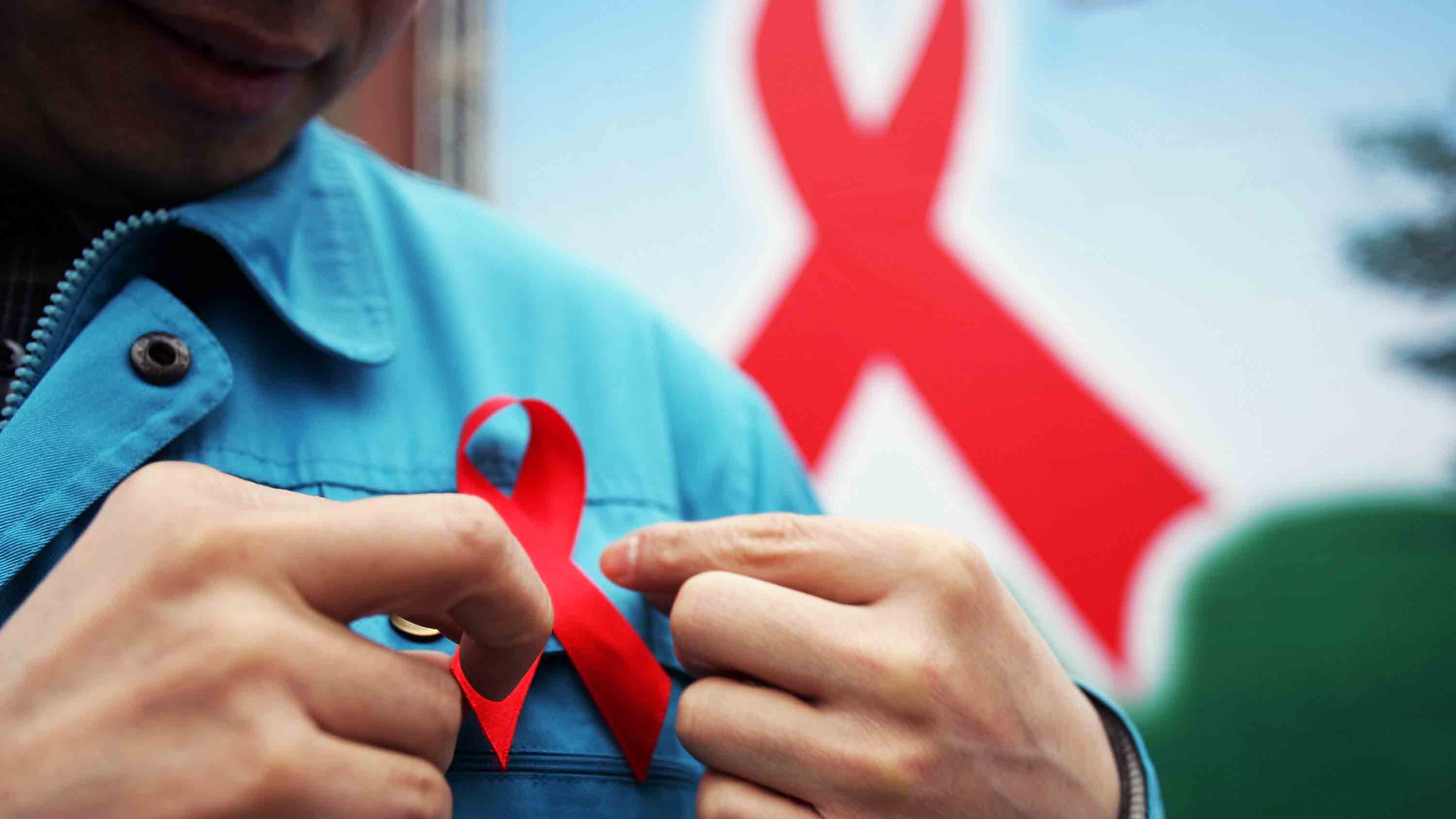Gene Therapy Gives a Boy with Epidermolysis Bullosa His Life Back

Among the most promising advances in medicine recently has been developing the ability to “heal” misbehaving genes by replacing defective elements with healthy ones through “gene therapy.” A recent case offers some startling evidence of how effective this approach may come to be. Doctors have replaced nearly all of one young patient’s epidermis with healthy skin.
The unidentified Syrian boy suffers from epidermolysis bullosa, a painful, and fortunately rare, genetic disease that causes its victims’ skin to blister and ulcerate outside or inside the body, depending on the form of the disease. People with this disease — typically appearing in infancy or early childhood — are at heightened risk of infections and sepsis, and tend to die young from skin cancer. The form of the disease the boy has is junctional epidermolysis bullosa, and it’s on the outer layer of his skin.
Junctional epidermolysis bullosa is caused by mutations in three genes — LAMA3, LAMB3 or LAMC2 — so gene therapy could offer a chance of getting this terrible condition under control. There has, though, been skepticism regarding the use of gene therapy for major skin lesions. So the results obtained by doctors Michele De Luca and Reggio Emilia and just published inNature are surprising to some, and unquestionably promising.
The gene therapy began in 2015 when the boy was 7. He’d been admitted to a hospital in Germany with severe and widespread skin infections. “The prognosis was very poor,” according to De Luca, speaking to New Scientist. “You simply can’t live without your epidermis.” The patient’s skin soon began falling away.
The doctors took a 4-centimeter square patch of skin from the boy, and replaced the disease-causing gene in the lab. From this they grew sheets of healthy skin which they then grafted over about 80% of the boy’s body.
This was two years ago, and the patient is doing wonderfully now. De Luca tells New Scientist “I believe that the regenerated epidermis will last for a very long time, probably forever.”
There continue to be concerns about gene therapy, in particular how new — and likely incomplete — our understanding of genetics is, and the likelihood of unanticipated problems. There’s also a potential for abuse, as Carol Greider explained to Big Think last year.
Still, this a hopeful story for those afflicted with epidermolysis bullosa, or really, any condition untreatable by medicine or other conventional therapiest. We’re just at the beginning of gene therapy, so it’s hard to know what will eventually be possible, but even now, one young boy’s unexpected recovery is nothing short of remarkable.





